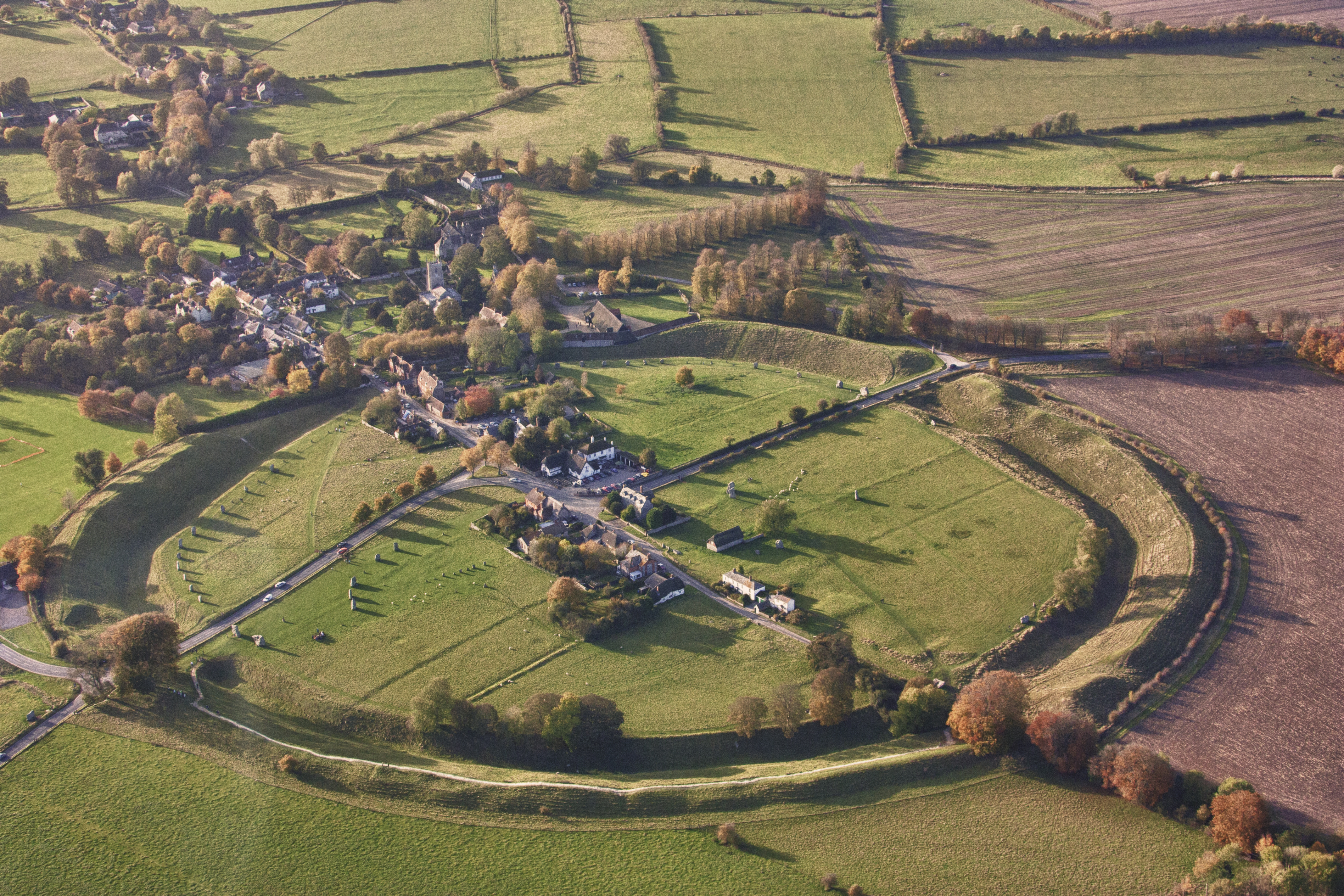England is a treasure trove of history, where every castle wall, ancient ruin and cobblestone street tells a story. The top ten historical places to visit in England offer travelers a fascinating journey through time. From medieval fortresses and royal residences to centuries-old universities and battlefields, each site showcases the country’s rich heritage and cultural legacy. These destinations are more than tourist spots—they are living reminders of England’s influence on the world’s political, religious and intellectual landscapes.
Whether exploring the majestic Tower of London or wandering the ancient Roman Baths in Bath, visitors can immerse themselves in stories of monarchs, warriors, poets and revolutionaries. Historical places in England reveal layers of civilization that stretch back thousands of years, including the mysterious stone circles of Stonehenge and the iconic Gothic architecture of Westminster Abbey. These sites are well preserved and often set in charming English towns or stunning countryside, offering the perfect mix of education and inspiration.
- Top Ten Historical Places To Visit In England
10. Fountains Abbey, North Yorkshire

Fountains Abbey is England’s most extensive Cistercian monastery ruin and a compelling monument to medieval monastic life. Founded in 1132 and dissolved under Henry VIII in 1539, it lies within the Studley Royal Water Garden and forms part of a UNESCO World Heritage landscape. The abbey’s soaring walls, cloisters and cellar buildings still convey the scale and craftsmanship of its heyday. Visitors wander former dormitory arches, the remains of the abbey church and industrial structures tied to medieval wool production. The adjacent landscaped gardens and deer park add tranquil beauty to the experience. Interpretation panels and guided tours illuminate the abbey’s role in English ecclesiastical, economic and social history. It ranks as a highlight for heritage tourism and remains one of the most photographed historic ruins in England.
9. York City Walls, York

York boasts the longest and best preserved city walls in England, much of which date from the 13th and 14th centuries. Enclosing nearly two miles of urban defence, these walls known as Bootham Bar, Monk Bar and other named bars provide sweeping views across the ancient city and lead past medieval towers and gatehouses. The walkway is open to the public as a living museum, offering panorama over York Minster, the cobbled streets and riverside skyline. Commentary boards along the way describe how Romans, Vikings and Normans shaped York’s fortifications. Walking the circuit connects visitors directly with the layers of urban defence spanning centuries. This attraction appeals to history lovers seeking immersive medieval cityscape and offers excellent photo opportunities for travel history guides and English heritage fans.
8. Avebury Stone Circle, Wiltshire

Avebury is a vast Neolithic monument, older and far larger than Stonehenge, looping around the village itself. Built between 2850 and 2200 BCE the circle spans over a kilometre and consists of more than 180 stones within earthworks. Visitors are free to walk among and touch the standing stones, exploring the landscape at their own pace. The Alexander Keiller Museum nearby displays local prehistoric finds and explains ritual life in Britain’s distant past. Avebury’s integration of ancient monument and modern village complete with pub and church within the earthworks gives it a distinctive living heritage feeling. It offers a peaceful alternative to busier prehistoric sites and is managed by National Trust. This magnificent ring encourages contemplation on England’s earliest known monumental architecture.
7. Hadrian’s Wall, Northern England

Built under Roman Emperor Hadrian around 122 AD, this defensive fortification extended across northern England from coast to coast. Once around 73 miles with forts, milecastles and ramparts, large sections remain visible today, including Housesteads Roman Fort. The route is part of the Hadrian’s Wall National Trail, used for walking, cycling and guided exploration. Onsite museums at forts such as Segedunum and Housesteads provide artifacts, reconstructions and insight into Roman military life in Britain. Visitors can trace the frontier that divided empire from wilderness, explore barrack blocks, bath houses and defensive towers. As a UNESCO site the wall illustrates how empire shaped the northern boundary of Roman Britannia. Those seeking archaeological history travel find here exceptional evidence of ancient engineering and empire.
6. Durham Castle, Durham

Perched above the River Wear alongside Durham Cathedral, Durham Castle was founded in the 11th century and forms part of a UNESCO World Heritage complex. Originally a Norman fortress the castle served as a palace for bishops and today forms part of Durham University. Visitors can book tours of medieval halls, chapels and student chambers set within the historic keep and inner wards. Guided visits explain the evolution of castle architecture, bishopric governance and university tradition stretching back centuries. The elevated position offers fine views over the cathedral close, riverside and ancient city. This site appeals to lovers of Norman architecture, ecclesiastical history and academic heritage and showcases how medieval strongholds transformed into centres of learning.
5. Leeds Castle, Kent

Known as the loveliest castle in England, Leeds Castle sits on islands within a broad lake and has roots dating from the early medieval period. Originally a Norman stronghold, it became a royal palace under Edward I and later Tudor rulers. Visitors can tour opulent state rooms, extensive grounds, ornamental gardens and the iconic maze. The castle includes unique exhibits like a dog collar museum and an aviary. Seasonal events and themed tours bring history to life, while the lakeside setting offers beautiful walking trails and boating. Well preserved interiors reveal layers of architectural style across centuries. This attraction combines royal history with garden and leisure tourism and draws visitors seeking picturesque heritage close to London.
4. Dover Castle, Kent

Often called the Key to England, Dover Castle dominates the White Cliffs and commands views over the Channel. Founded originally in the medieval era and expanded by Henry II, the keep, battlements and Roman lighthouse reflect layers of defence history. Underground wartime tunnels beneath the castle served as Operation Dynamo command centre during Dunkirk evacuation in World War II. Tours guide visitors through medieval chambers, wartime displays and cliff top battlements. Exhibits focus on coastal and military heritage from Roman era to modern defence. Dover Castle remains one of England’s most intact fortresses and draws attention from military history enthusiasts and cultural travellers alike.
3. Salisbury Cathedral, Wiltshire

Salisbury Cathedral, completed in the 13th century, boasts the tallest church spire in England and is home to one of the original surviving copies of the Magna Carta. Its vast cathedral close is Britain’s greatest and contains cloistered walkways, medieval cloisters and fine architecture praised by historians. The cathedral houses an ancient working clock dating from the early 14th century. Following extensive restoration, the exterior now gleams and interior spaces are open for tours, including Magna Carta exhibitions and climbing tours to the spire. This site unites Gothic artistry, legal history and spiritual heritage in a beautiful setting. Visitors interested in ecclesiastical and national history find it deeply rewarding.
2. Tower of London, London
The Tower of London, begun in the 1070s by William the Conqueror, blends palace, fortress, treasury, prison and zoo across centuries of royal history. Popular attractions include the Crown Jewels exhibition, guided Yeoman Warder tours and towers associated with famous prisoners such as Anne Boleyn and Sir Walter Raleigh. Recent archaeological excavations under the Tower uncovered skeletons dating back to the Black Death era, deepening understanding of medieval life within the grounds. Evening ceremonies like the Ceremony of the Keys continue centuries old tradition. The resident ravens and storied ramparts draw over three million visitors every year. This landmark offers dramatic British royal history and a comprehensive visitor experience ideal for heritage travellers.
1. Stonehenge, Wiltshire

Stonehenge stands as England’s most iconic prehistoric monument, built between 3000 BCE and 2000 BCE and aligned to the solstices. This ancient stone circle remains mysterious in purpose yet compelling in scale. The site is managed by English Heritage and includes a visitor centre with archaeological displays, reconstructed Neolithic houses and guided storytelling. The stones are carefully preserved and public access is managed to maintain their condition. Solstice gatherings still draw crowds of pilgrims, curious travellers and history seekers alike. Stonehenge continues to inspire awe and curiosity about England’s early civilizations and astronomy knowledge. It appeals to cultural tourists, archaeological travelers and world heritage explorers.







